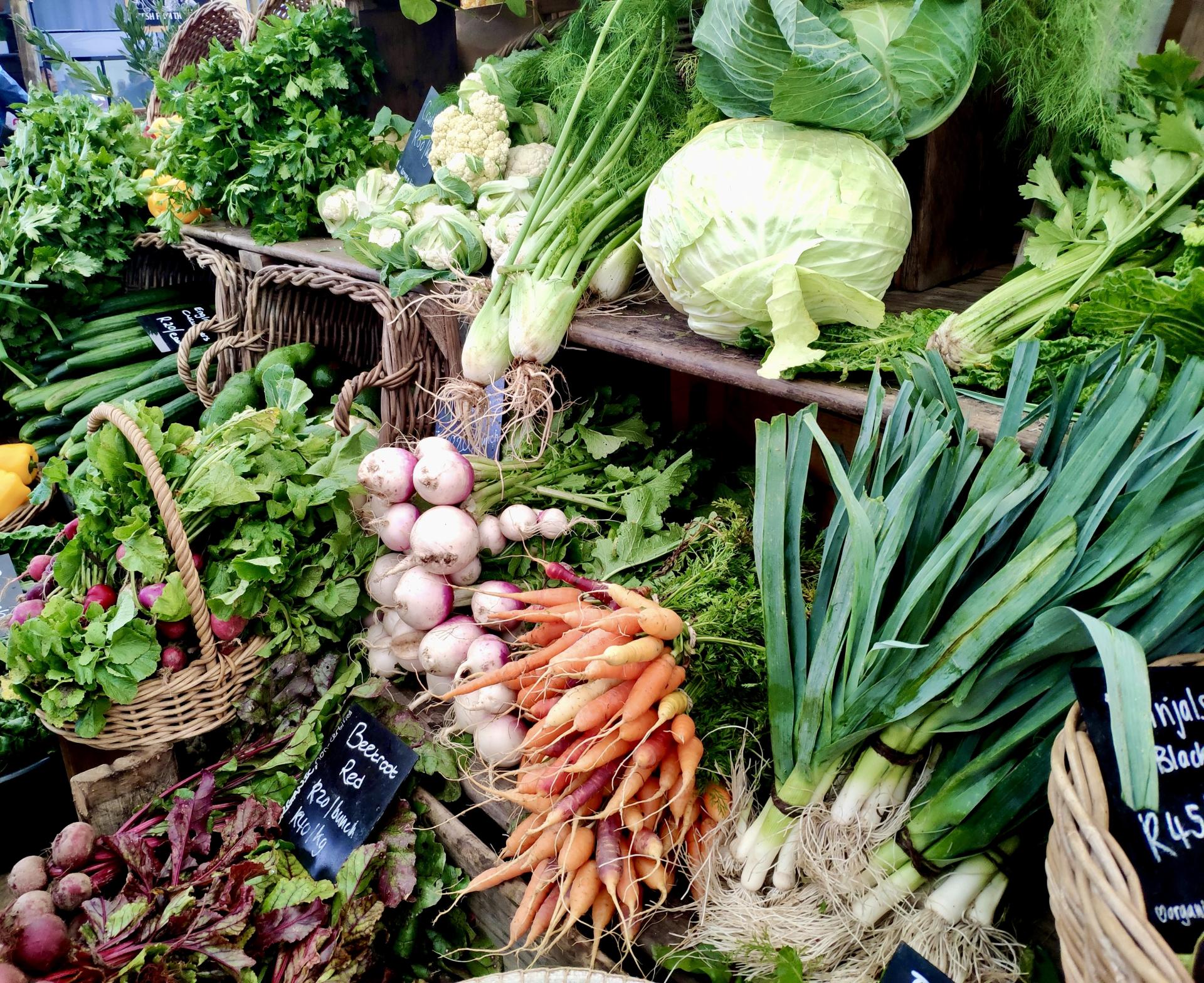You are here
Be A Better Gardener: Veganic Gardening, an Introduction
Be A Better Gardener: Veganic Gardening, an Introduction
By Thomas Christopher
No doubt it is my status as an enthusiastic omnivore, but I only recently became aware of the veganic gardening movement. I contacted John Walker, a British gardener who last year published a book (Lorenz Books, 2022) on the subject, appropriately titled The Vegan Gardener.
Mr. Walker has the best of traditional gardening credentials. He’s a 1986 graduate of the School of Horticulture at the Royal Botanic Gardens Kew. Since then, as a writer about “earth-friendly gardening,” he has three times been honored with the British Garden Media Guild Environmental Award. He practices what he preaches, too. He’s currently helping a garden come alive on a degraded and weedy patch of upland land in Wales.
“Veganic,” John explained to me is the result of turning two words, vegan and organic, into one. The fundamental premise of this approach to gardening comes from veganism, which avoids using any animal products because adherents believe that the farming of livestock is inherently oppressive. Accordingly, veganic gardeners use no animal by-products such as manure to boost the fertility of their plots. They are also organic in their approach, applying nothing synthetic. Indeed, as John told me, veganic gardeners are sort of “beyond organic” because their aversion to killing animals means that they rarely resort even to organic pesticides, preferring to attract insect predators to the garden to keep pests in check naturally.
John piqued my interest when he told me that veganic gardening as he practices it aims at complete sustainability. He relies on the resources found on-site to nurture the soil and feed his plants. Compost produced on-site is his go-to soil additive, and he also uses “green manures,” crops of plants grown to be cut down and used as mulch. The green manures are something I started to plant last year in my own vegetable garden, although my conversion was due to a fear of what I might bring into my remote and pristine site with the manures and imported compost on which I had previously relied. I had already introduced Japanese beetles in that manner and feared that jumping worms might be next.
I explained to John that while I agree that the treatment of animals by industrial agriculture is horrific, I had a very different experience as a young man when I had spent a series of summers helping out on family farms. Those farmers had treated their livestock with respect and their animals seemed to me to have a good life. My dietary response has been to limit myself to meats purchased from such farmers, and to avoid the meat aisle in the supermarket. John replied that he didn’t think my solution would scale up to feed the population as a whole. Then he charmed me by admitting that while his garden is strictly vegan, he as yet is not absolutely so, although his gardening is moving him steadily toward the finish line. How can you not trust advice from someone with that kind of honesty?
I also spoke to John about my reservations concerning mass-marketed bags of “vegan fertilizer,” that I was seeing advertised online. Most relied on alfalfa meal or soybean meal as a nitrogen source, which typically constitutes the bulk of such products. Alfalfa is a very thirsty crop grown principally in the semi-arid West of the United States. I recently read an article in the High Country News that noted that California alone drains 400,000 acre-feet of water annually from the Colorado River to irrigate its alfalfa fields. An acre-foot is enough water to cover an acre of land 12 inches deep. With the Colorado River running dry because of our withdrawals, that seems unacceptable. And the current boom in soybean farming is not only filling the American Midwest with carcinogenic herbicides, it is also driving deforestation in Brazil as the forests there are cleared to make new soybean fields. I suggested to John that veganic gardeners should read the labels on their fertilizers very carefully. His response was that it was typically unnecessary to import fertilizers into your landscape, except perhaps locally available free resources such as arborists’ wood chips.
I clearly need to read The Vegan Gardener – although I doubt even my garden will ever end my trips to local farms to obtain newly laid eggs from their pasture-raised chickens.
To listen to the rest of my conversation with John Walker, log onto the Berkshire Botanical Garden’s Growing Greener podcast.
Be-a-Better-Gardener is a community service of Berkshire Botanical Garden, located in Stockbridge, Mass. Its mission, to provide knowledge of gardening and the environment through a diverse range of classes and programs, informs and inspires thousands of students and visitors each year. Thomas Christopher is a volunteer at Berkshire Botanical Garden and is the author or co-author of more than a dozen books, including Nature into Art and The Gardens of Wave Hill (Timber Press, 2019). He is the 2021 Garden Club of America's National Medalist for Literature, a distinction reserved to recognize those who have left a profound and lasting impact on issues that are most important to the GCA. Christopher’s companion broadcast to this column, Growing Greener, streams on WESUFM.org, Pacifica Radio and NPR and is available at berkshirebotanical.org/growinggreener.
Help Our Garden Grow!
Your donation helps us to educate and inspire visitors of all ages on the art and science of gardening and the preservation of our environment.
All donations are 100 percent tax deductible.



